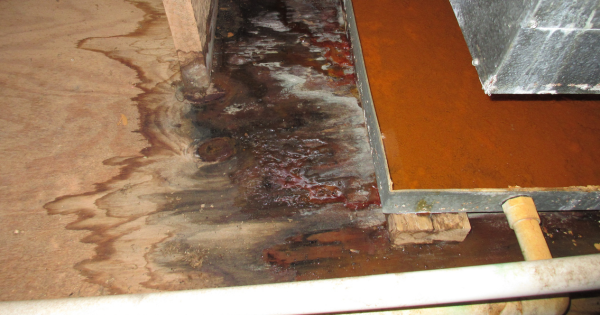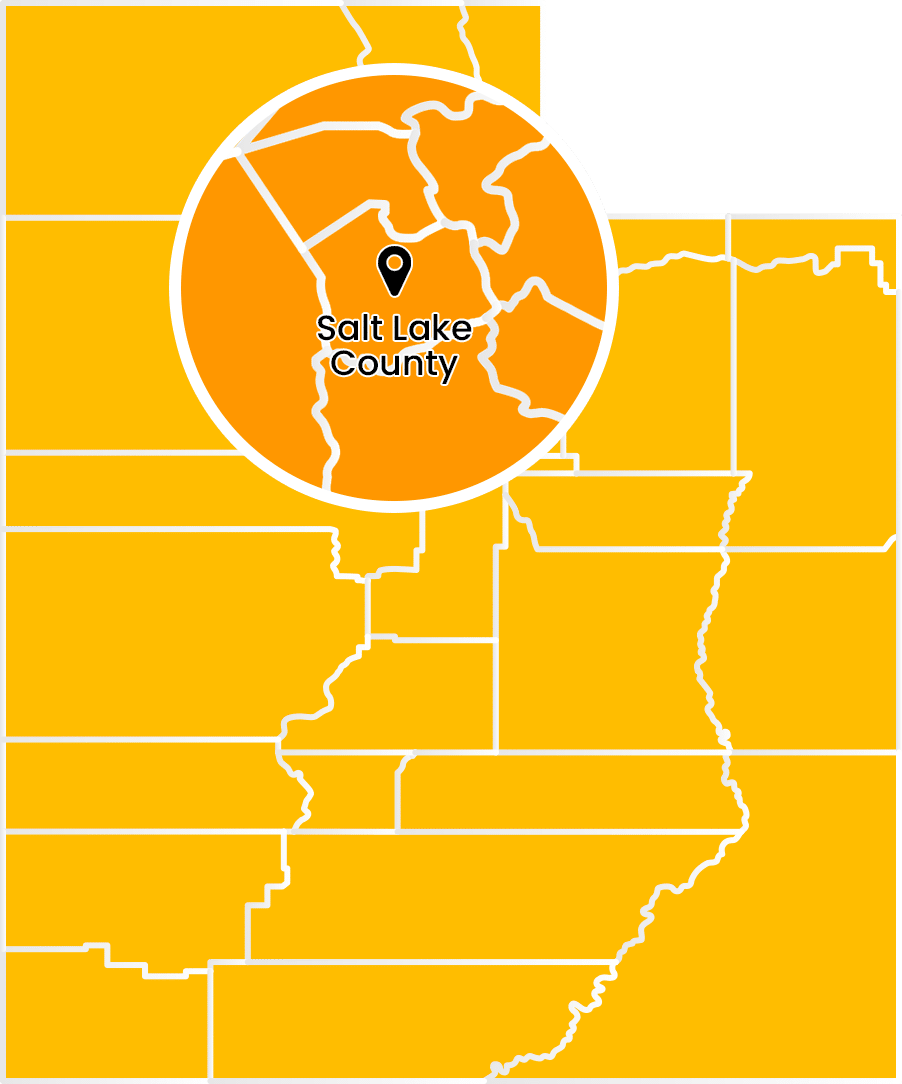According to the Insurance Services Office, water damage is the third most common cause of insurance claims. When faced with water damage, you want to resolve the issue with professional water damage restoration in Draper and get back to normal as quickly as possible.
Doing the job right, however, requires detailed knowledge of the various categories of water damage as they have varying restoration methods. Category 3 water damage, the most severe water damage, requires immediate action and professional intervention as it features grossly contaminated water.
This post will help you understand category 3 water damage and why you should leave the cleanup to water damage restoration Draper experts.
Water Damage Categories
To answer the question: What is category 3 water damage? Let’s explore all three categories of water damage:
Category 1: Sanitary Water (Clean Water)
Category 1 water originates from sanitary sources of water that don’t pose a substantial health risk when touched, ingested, or inhaled. Common sources of Category 1 water include:
- Water supply lines
- Rainwater
- Melting snow and ice
- Sink overflows
- Water from appliance malfunctions
Category 2: Significantly Contaminated (Gray Water)
Category 2 water contains significant contaminants that may potentially cause sickness in humans who come into contact with it. Typical sources of category 2 water include:
- Washing machine or dishwasher overflow
- Broken aquariums
- Toilet bowl overflow with urine
- Punctured water beds
- Sump pump failure
Category 3: Grossly contaminated (Black Water)
Category 3 black water may contain toxigenic, pathogenic, or other harmful agents associated with severe health risks. Contact or ingestion of Category 3 water can lead to illnesses ranging from skin infections and gastrointestinal issues to respiratory problems.
Common causes or sources of category 3 water include:
- Sewage backups
- Flooding
- Stagnant water contamination
- Toilet overflows
- Rising river or stream water
- Waste line backflows from beyond the trap
- Wind-driven rain from tropical storms or hurricanes
- Seawater
Recognizing category 3 water damage will help you act fast and minimize property damage. If you notice that the floodwater in your home has a foul odor, an unusual color, visible contaminants, or mold growth, it may be category 3 water damage that requires professional water damage cleanup.
Handling Category 3 Water Damage
First things first, you should always hire a professional to address category 3 water damage. Water damage restoration companies follow these steps to manage the situation:
Wear Protective Gear
Before attempting any cleanup or restoration, wear protective clothing and safety gear such as gloves, boots, and masks. Protecting clothing helps avoid direct contact with contaminated water.
Stop the Water Source
If possible, close the water supply responsible for the water damage to prevent further contamination.
Turn Off Electricity
Water and electricity create a dangerous mix with the risk of electric shocks and even fatal consequences. Turn off the power supply to the affected area to prevent electrical hazards.
Extract the Water
Use wet/dry vacuums or pumps to remove standing water from the premises.
Dispose of Contaminated Items
The toxic levels of category 3 water make most items that come into contact with it unsalvageable. Dispose of all contaminated materials properly to avoid health risks.
Clean and Disinfect
Use appropriate cleaning agents and disinfectants to clean affected surfaces and belongings thoroughly.
Promote Drying
Use dehumidifiers and fans to speed up the drying process and prevent mold growth.
What You Should Do
When dealing with category 3 water damage, always call a professional restoration company certified in handling category 3 contamination. You want competent water damage professionals who adhere to strict safety standards as they clean and sanitize your house.
If possible, make arrangements to stay at a different location until the experts complete the cleanup and restoration process. The benefits of professional category 3 water damage restoration include:
- Lowers your chances of exposure to disease-causing microorganisms.
- Addresses and prevents long-term issues like mold growth.
- Raises the chances that you’ll recover salvageable belongings, furniture, and flooring.
Will Insurance Cover Your Damages?
Fortunately, most homeowners insurance covers water damage due to burst pipes and similar causes. However, you typically need to purchase a separate flood insurance policy to cover the costs of cleaning up flood water damage. It always helps to discuss different coverage options and consider additional protection with your agent.
Call Summit Restoration, LLC, for Professional Water Damage Restoration in Draper
Tackling water damage and cleanup yourself may prove challenging. Don’t endanger yourself by taking on category 3 water damage. If you have any doubts about cleaning up any type of flooding, call us immediately.
As an established water damage restoration contractor, we can help you handle insurance paperwork and the claims process.
Count on Summit Restoration, LLC, for professional disaster cleanup, reconstruction, and restoration. Call our experts at (385) 469-2683 to request a free quote for category 3 water damage restoration.






